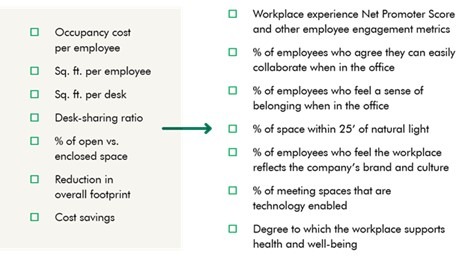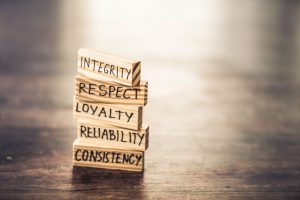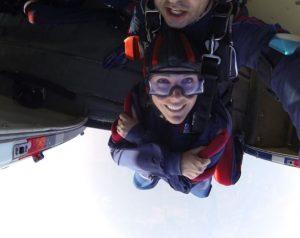Workplace well-being: A shared role across the organization
CBRE’s head of workplace safety and well-being shares tips for the big ‘reset.’
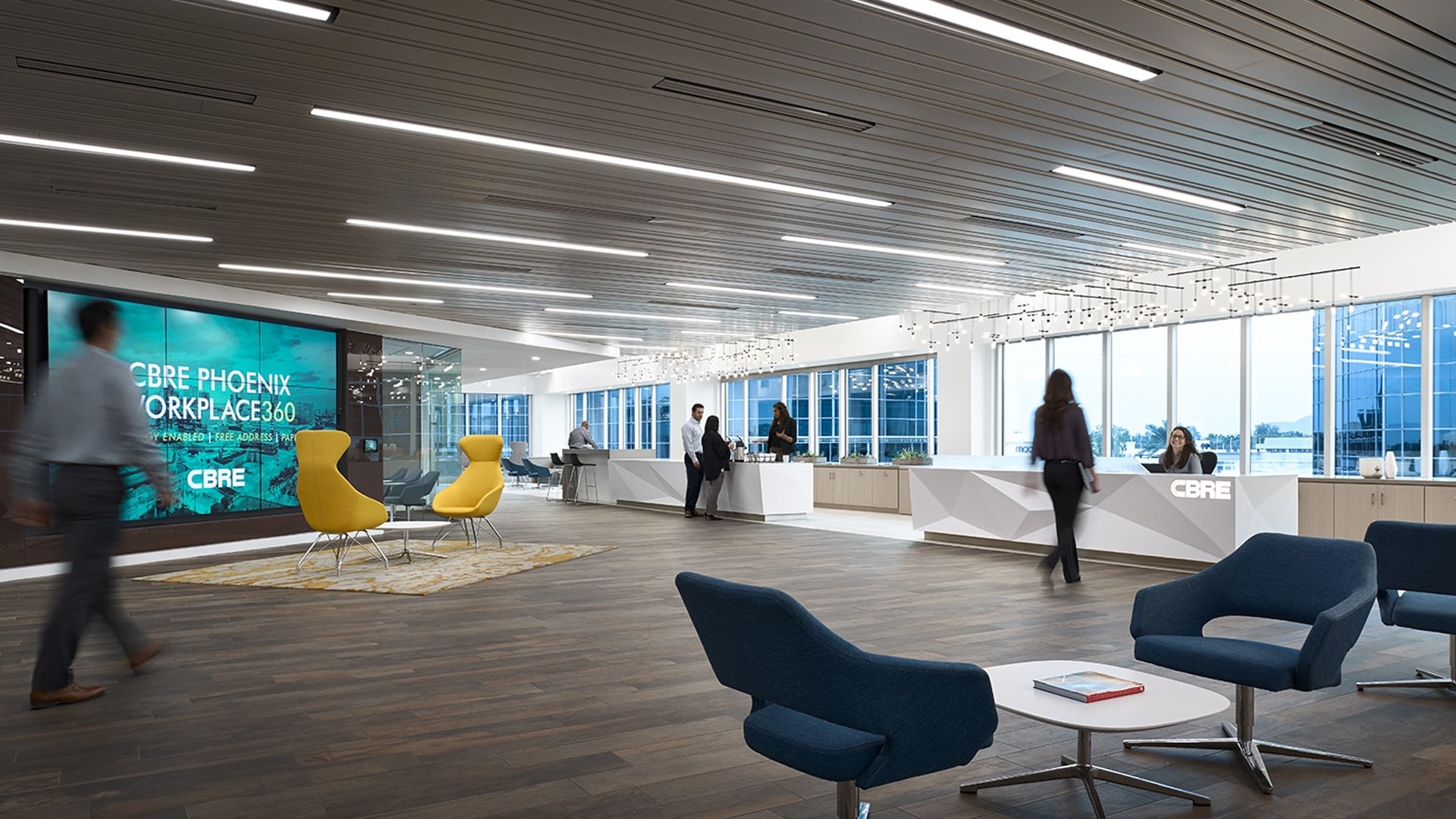
When employees eventually return to the workplace in full force, their expectations will be unlike anything we’ve seen before. The challenge facing wellness experts, HR executives and communicators will be Herculean—but ultimately very rewarding—as the opportunity is profound to reimagine how we work, communicate, and find new ways to support one another.
CBRE, the world’s largest commercial real estate services and investment firm, has already planned for this future. More than 85% of its offices globally are open to employees, though with occupancy limits to allow for social distancing. It has relied on a mountain of research and data to inform everything from new design and architecture to safety protocols and wellness initiatives that cover employees’ and their families’ mental, physical, social and emotional health.
Among the leaders of CBRE’s efforts is Lacey Willard, Senior Director & Global Leader for Workplace Safety & Wellbeing at the 100,000+ employee company. We recently spoke to Willard from her home in Indianapolis, where she shared how CBRE is tackling health, safety, and well-being inside and out. Willard’s multi-faceted role has her collaborating across the CBRE enterprise in the areas of corporate responsibility, communications, governance and International Organization for Standardization (ISO) certification to address occupational, physical, intellectual, social and environmental well-being.
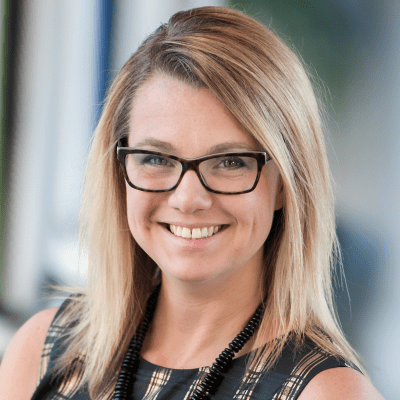
Lacey Willard
“Employees may not always think of safety day-to-day, but they do think of their well-being,” says Willard, who has been with CBRE for 14 years, following a six-year stint as a contracting officer and senior property manager with the U.S. General Services Administration. Willard, who is also a licensed attorney, looks at well-being and office safety first through regulatory, safety and environmental lenses.
Most organizations, including CBRE, are finding that just as well-being is experienced by each employee differently, well-being is a shared role that touches nearly every department. “We all have a little piece of it,” says Willard. “There’s a lot of room for experts, storytellers and for people with a passion for this topic.” CBRE’s Wellbeing Council includes representatives from the People team (HR), benefits, the business, communications, finance, legal, facilities and other “curious people.”
The big reset
As the workplace itself is central to ensuring the wellness, productivity and engagement of employees, Willard says there must be a fundamental reset as employers manage a more distributed workforce.
Getting buy-in for wellness initiatives involves leadership both from top of your organization through tone and commitment, and leadership from frontline managers who know best how to maintain momentum and engagement. Willard says ongoing well-being issues training for managers is essential. At CBRE this includes virtual manager meetings with psychologists and other experts; training on how to start a well-being conversation with your direct reports; understanding the signs of burnout among staff; and ongoing Q&A sessions on topics ranging from COVID-19 and vaccinations to isolation and work-life balance.
Like at many organizations, CBRE is giving more attention to mental health services and accommodations. “The pandemic has fast-tracked us past the stigma around mental health, and now we are able to have those meaningful conversations,” says Willard. “We remind managers of their ability to encourage well-being every day.”
In addition to EAPs, CBRE offers a wide range of opportunities for employees to connect while working remotely, including Employee Business Resource Groups and Interest Groups.
Employers planning for flexibility
Not surprisingly, CBRE’s research has surfaced new attitudes about work life. For example, 67% of employees across many companies surveyed by CBRE say they want to have the flexibility to work both in the office and remotely on any given week, and 73% of employers anticipate supporting this balanced workstyle.
According to CBRE’s Occupier Sentiment Survey conducted last year, “If a company can create a business strategy based on meeting talent where they are, it can both reduce labor costs and increase its competitive advantage relative to other major markets.”
CBRE’s research on what will influence employees’ desire to go back to the office points to “we space” over “me space.” “The office’s new purpose will be to provide a venue for community, culture and collaboration,” notes CBRE in its report. “Employees will be spending less time on individual/focused tasks while on-site and more time collaborating, networking and socializing.”
Willard anticipates offices to be designed for “just in time” gatherings and with wellness and science in mind. And with wellness communicated consistently to staff. She says CEOs must tell their employees that “We care about your well-being,” and concede that the new normal is a work in progress. “Sometimes, it’s a big old TBD – to be determined – but communicate that you’re working on it.”
On any given week, Willard is partnering with leadership teams, managers and supply chain partners to ensure safety, well-being and sustainability. And among her most important partners are the communicators at CBRE. “Well-being is an important story we as individuals and we as organizations are always refining; we can’t do all this without our communicators,” she says.
More data from CBRE
As you create your own return-to-work plan, consider the findings below:
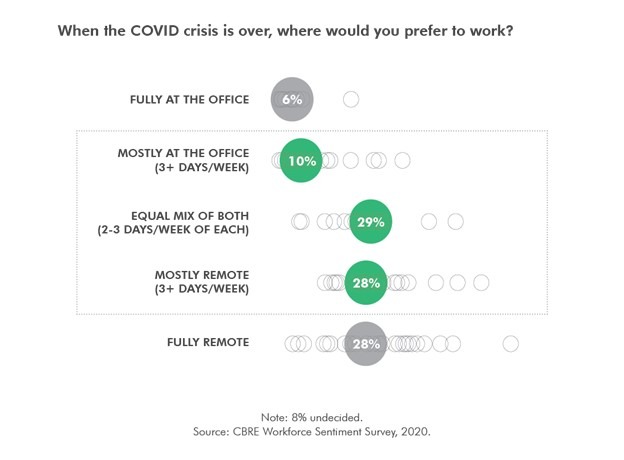
How we define and measure workplace performance will change.
If workplaces exist to support the business enterprise and the people who occupy them, commercial real estate success metrics should present a balanced scorecard and align to broader company goals. People-centric measures will become more common in the future to reflect the holistic intentions of workplace design.
